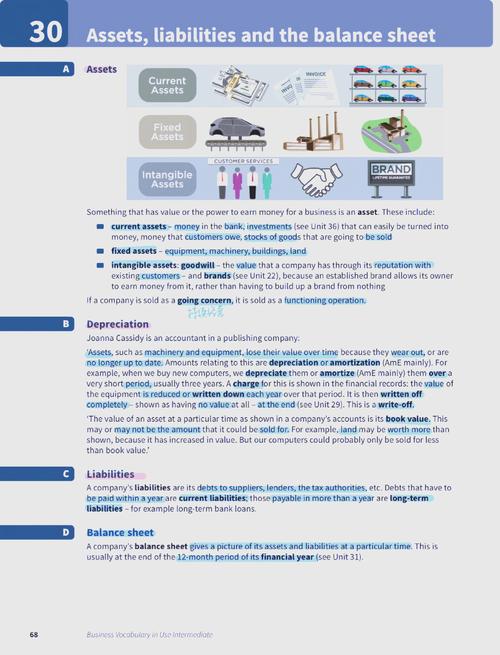Understanding the Revenue Streams of Online Social Networking Sites
Online social networking sites have become an integral part of our daily lives, connecting billions of people across the globe. But how do these platforms manage to generate substantial revenue? Let’s delve into the various ways in which online social networking sites make money.
Advertising
One of the most common and significant sources of income for social networking sites is advertising. These platforms display ads to their users, which can be in the form of banners, videos, or sponsored content. The revenue generated from advertising is typically based on a cost-per-impression (CPM) or cost-per-click (CPC) model.

Here’s a breakdown of the different types of advertising on social networking sites:
| Ad Type | Description | Revenue Model |
|---|---|---|
| Banner Ads | Static images or animated graphics displayed on the platform. | CPM or CPC |
| Video Ads | Short video clips that play before, during, or after user content. | CPM or CPC |
| Sponsored Content | Content created by brands that appears in users’ feeds. | CPM or CPC |
| Native Ads | Ads that blend in with the platform’s content, making them less intrusive. | CPM or CPC |
Freemium Model
Many social networking sites follow a freemium model, where users can access basic features for free, but premium features require a subscription or in-app purchases. This model allows the platform to generate revenue from users who are willing to pay for additional benefits.
Here are some examples of premium features offered by social networking sites:
- Ad-free experience
- Access to exclusive content
- Enhanced privacy settings
- Customizable profile themes
- Priority customer support
In-App Purchases
In-app purchases are another significant revenue stream for social networking sites. These platforms offer virtual goods, services, or features that users can buy within the app. Common examples include:

- Virtual currency for games
- Stickers or emojis
- Custom profile backgrounds
- Access to premium content
Data Monetization
Social networking sites collect vast amounts of user data, which can be monetized in various ways. This data can be used to create targeted advertising campaigns, improve user experience, or develop new products and services.
Here are some ways in which social networking sites monetize user data:
- Targeted advertising: By analyzing user data, platforms can deliver ads that are more relevant to individual users.
- Personalized content recommendations: Data analysis can help platforms suggest content that users are more likely to enjoy.
- Market research: User data can be used to gain insights into consumer behavior and preferences.
- Partnerships with third-party companies: Social networking sites may share user data with other companies for marketing or research purposes.
Merchandising and Partnerships
Some social networking sites also generate revenue through merchandising and partnerships. This includes selling branded merchandise, collaborating with other companies for co-branded campaigns, or offering exclusive deals and promotions.
Here are some examples of merchandising and partnerships:
- Branded apparel and accessories
- Collaborations with celebrities or influencers
- Exclusive deals with retailers or service providers
Conclusion
In conclusion, online social networking sites generate revenue through a variety of methods, including advertising, the freemium model, in-app purchases, data monetization, and merchandising. These platforms have become an essential part of our lives, and their ability to generate substantial income is a testament to their success.



